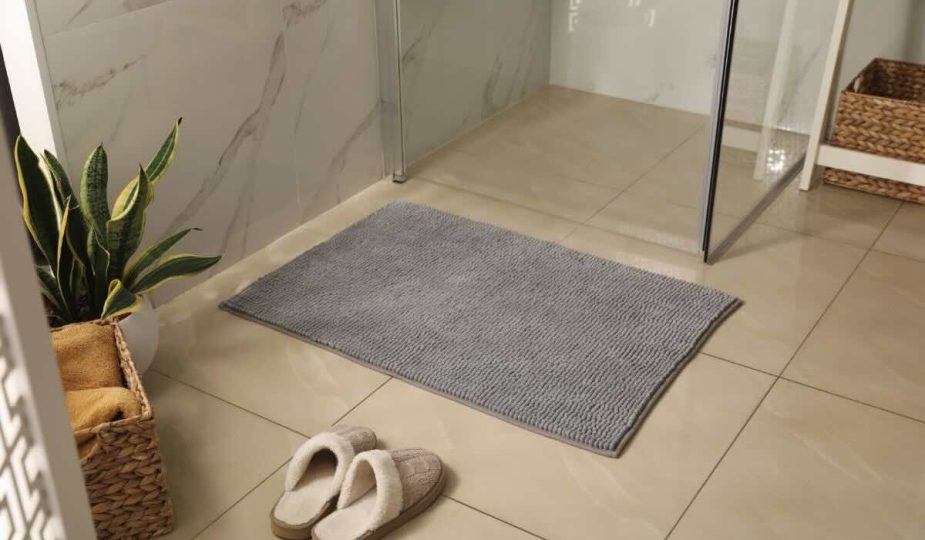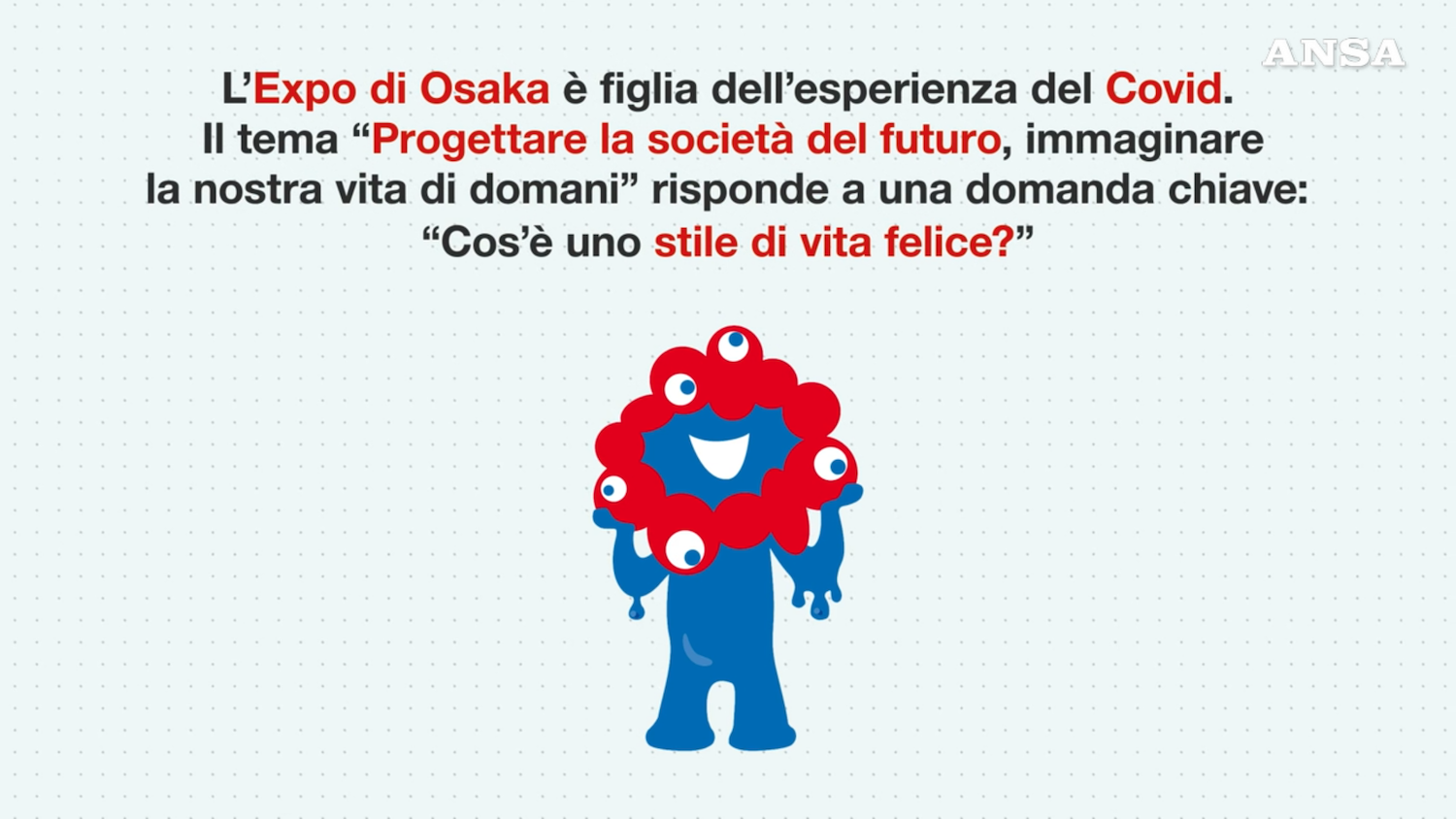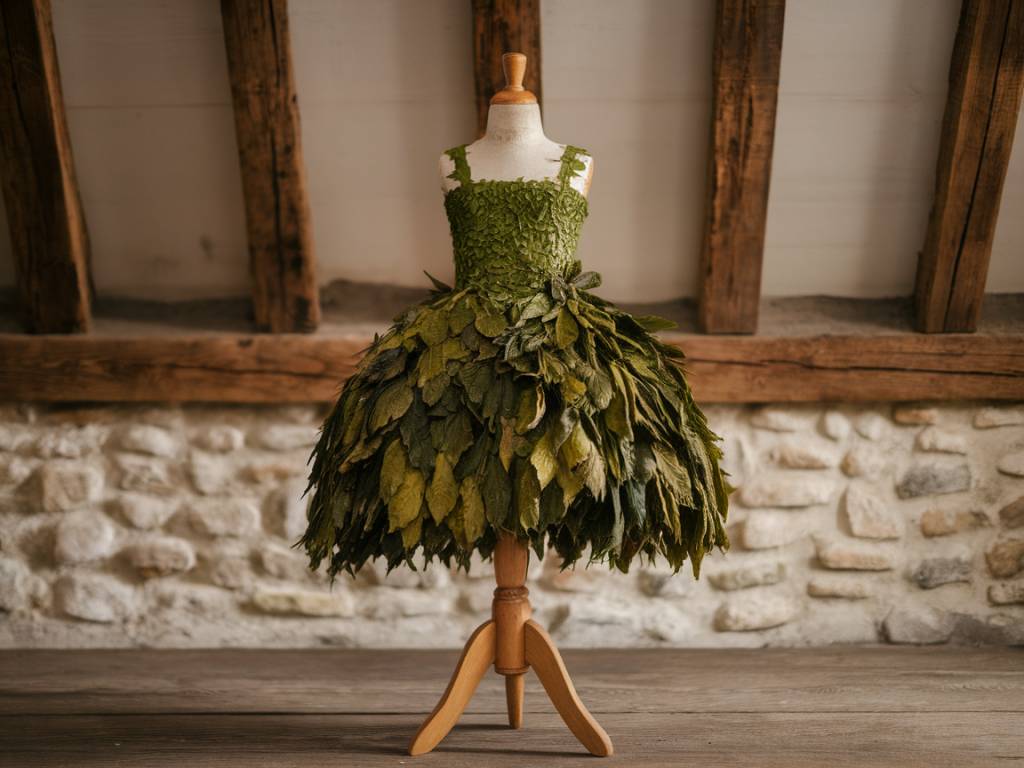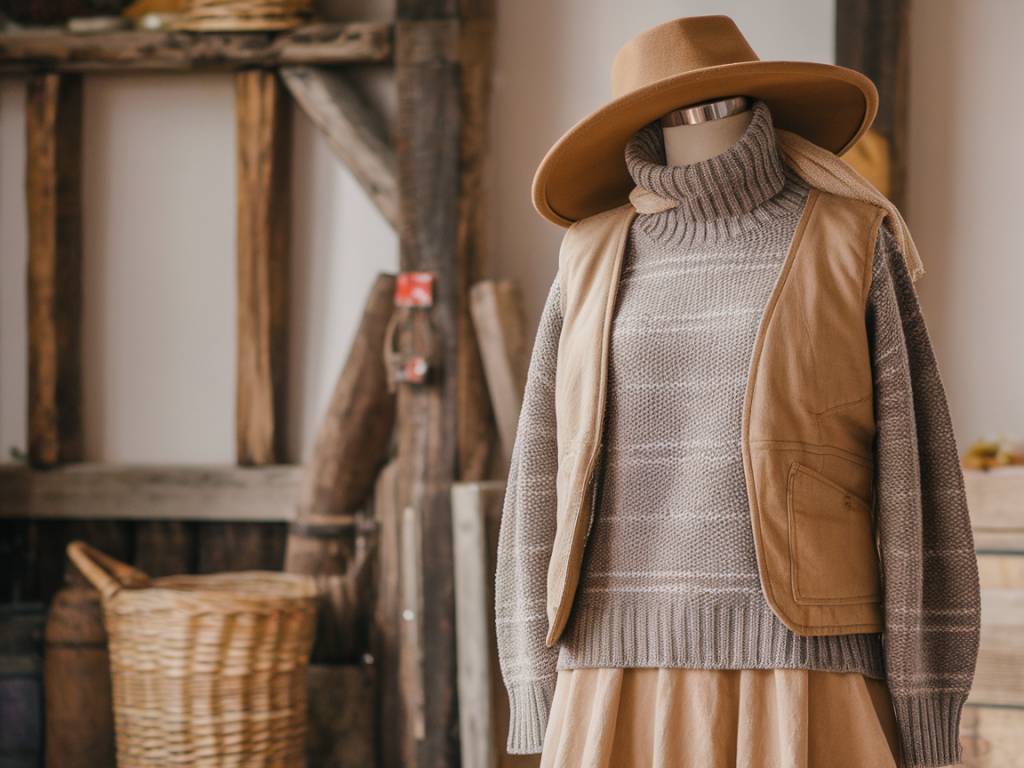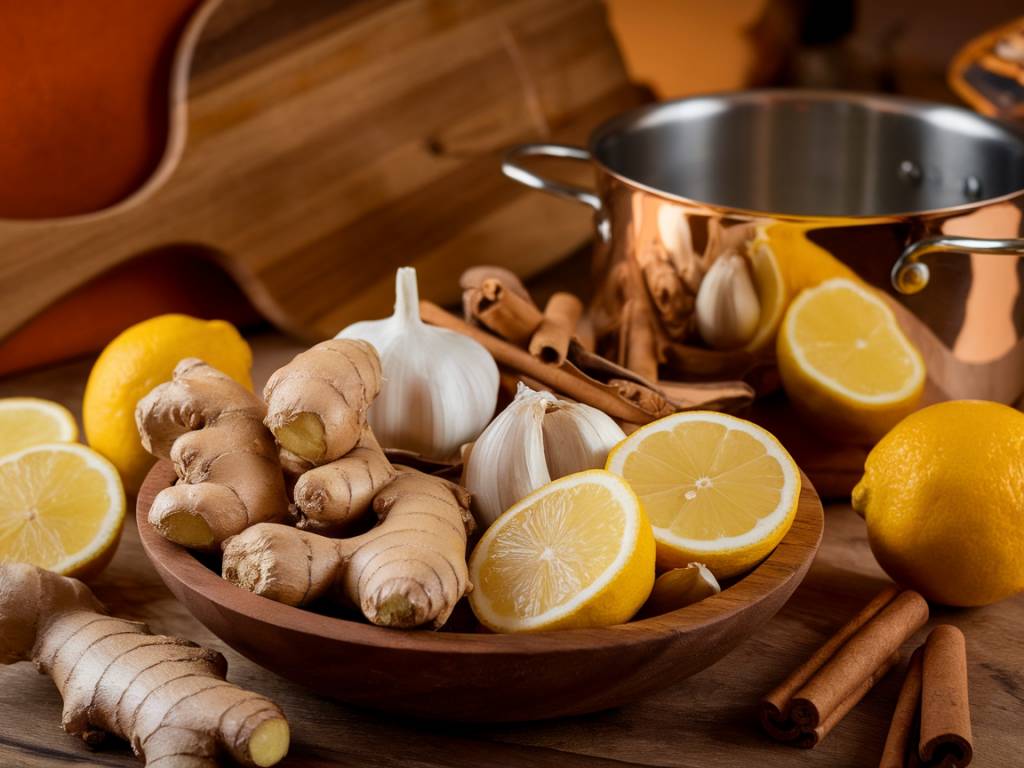Why Bathroom Mold Loves Your Shower Mat—and How to Stop It
Your bathroom’s shower mat might seem like an innocent accessory, but it’s secretly harbouring the perfect conditions for mould and bacteria. Between steamy showers and damp floors, bathrooms are naturally humid environments, making them prime real estate for those unsightly, health-hazardous black spots. Fortunately, the clever Japanese “rug trick” offers a simple, eco-friendly way to banish mould—no harsh scrubbing required.
The Hidden Dangers Lurking Under Your Feet
After a refreshing shower, countless water droplets cling to your mat, only to seep into the fabric and sit there for days. Even if you wash the mat regularly, its dense fibres can retain moisture, creating an ideal breeding ground for:
- Mould spores that trigger respiratory allergies and asthma.
- Fungal infections on skin or nails from prolonged exposure to damp surfaces.
- Bacteria colonies that produce unpleasant odours and compromise hygiene.
Rather than toss your beloved mat, you can transform ordinary cotton towels into a ventilated, quick-drying barrier—a DIY hack straight from Japanese homes.
Introducing the Japanese “Rug Trick”
The magic lies in shifting from a densely woven mat to a loosely braided towel rug. This textured design allows air to flow through the weave, meaning water evaporates quickly instead of stagnating. When your DIY rug dries faster, it starves mould of moisture, preventing regrowth and keeping your bathroom fresh.
Materials You’ll Need
- Three thick cotton towels (preferably unused or old but soft)
- Strong sewing needle and thick thread (or a sewing machine)
- Straight pins to hold fabric in place
- Sharp fabric scissors
With these simple items, you’ll craft a sturdy, washable mat that’s both functional and stylish.
Step-by-Step Guide to Your Quick-Dry Towel Rug
- Cut the Towels: Slice each towel into three equal strips, about 10 cm wide, yielding nine strips total.
- Form Three Bunches: Divide the nine strips into three groups of three, securing the ends with pins.
- Braid Each Group: Weave each trio into a tight braid, ensuring uniform tension so the rug lies flat.
- Create a Spiral: Start rolling one braid into a tight spiral at its end, stitching along the edge as you coil it.
- Add Remaining Braids: Continue coiling the second and third braids around the spiral, sewing the edges to anchor them in place.
The result is a circular rug, about 60 cm in diameter, with ample loft for insulation yet enough gaps for rapid airflow.
Benefits of the Towel Rug
Compared to a standard shower mat, this homemade rug offers:
- Rapid Drying: Air circulates freely between the braids, slashing drying time from days to hours.
- Machine Washable: Toss in the wash on a 60 °C cycle to eliminate bacteria and refresh fibres.
- Bacteria Barrier: Efficient moisture control prevents the damp conditions mould and fungi need to thrive.
- Thermal Insulation: The towel’s thickness keeps cold bathroom floors at bay in winter.
- Eco-Friendly: Upcycles old or spare towels, reducing textile waste.
Expert Tips for Ultimate Hygiene
- Hang the rug over a towel bar or shower rod immediately after each use to let excess water drip off.
- Rotate between two or three of these towel rugs—while one dries or waits for its wash cycle, another can be in action.
- Replace thick cotton towels every two years to ensure they retain absorbency and resist wear.
By following these steps, you’ll maintain a cleaner, healthier bathroom environment with minimal effort—and no more many tedious scrubbings.
Why This Hack Works Wonders
The genius of the Japanese “rug trick” lies in embracing airflow and simple materials. Instead of battling moisture with chemicals, you’re designing your bathroom mat to defeat mould naturally. In Princess-Daisy.co.uk’s world of shopping and lifestyle, this is the kind of smart DIY solution that marries beauty with practicality—demonstrating that with a bit of creativity, everyday living can be both elegant and hygienic.

